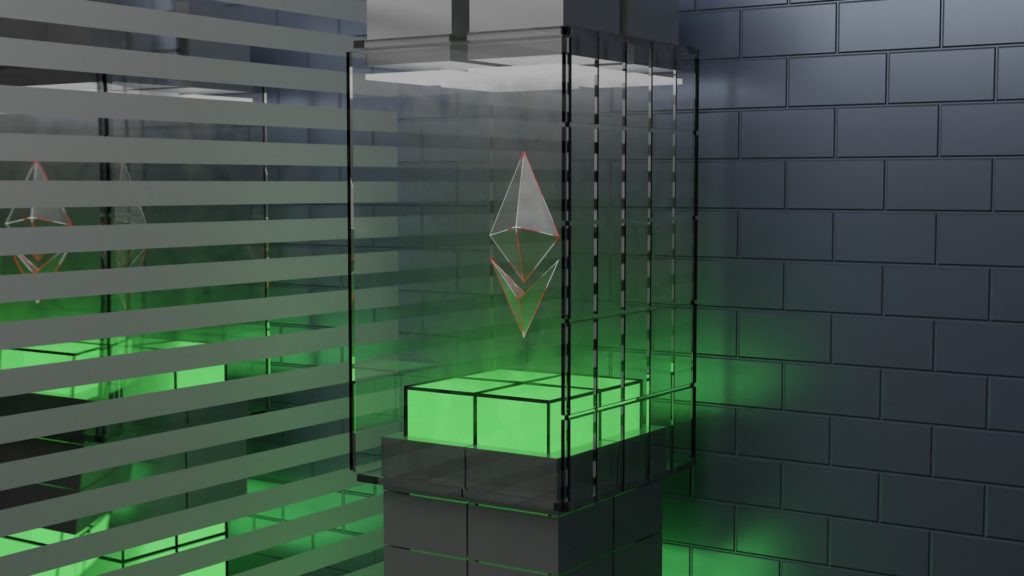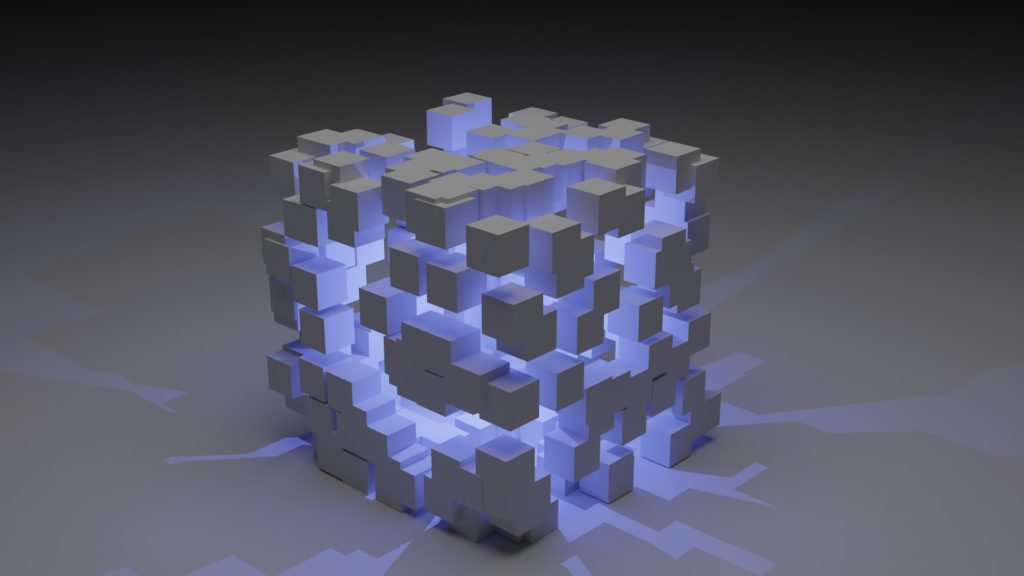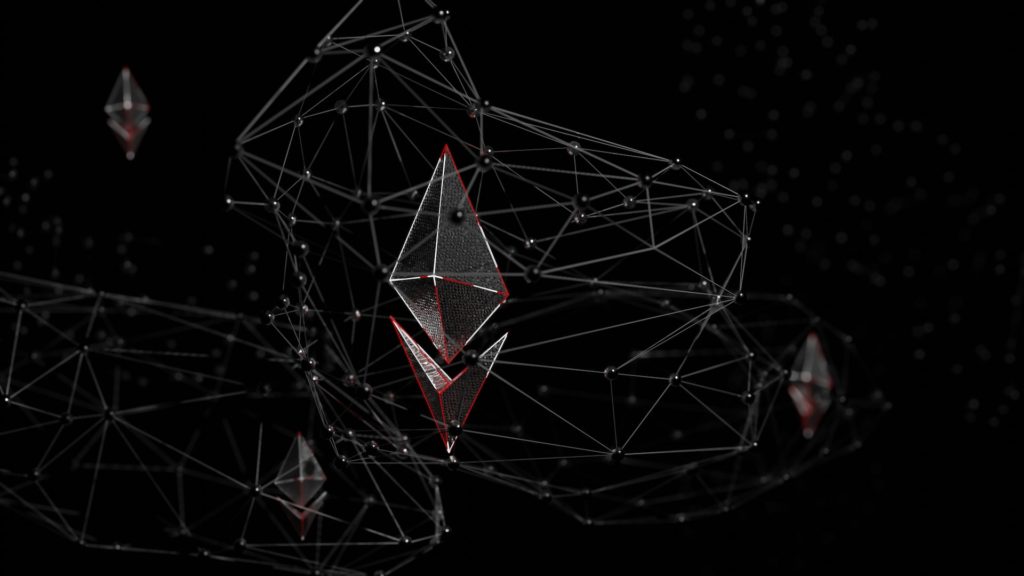On September 15, Ethereum completed a successful ‘Merge,’ but the network will soon receive more upgrades, including the Surge, the Verge, the Purge, and a Splurge. The Ethereum proof-of-stake protocol will receive an additional level of scalability and security as a whole as a result of the changes (PoS).
It is a fascinating step forward towards Ethereum’s long-term ambition of becoming the “computer of the world.”
According to Ethereum’s co-founder Vitalik Buterin, the transformation of Ethereum is only 55% complete, despite the fact that the Merge switched the blockchain to the environmentally friendly PoS consensus mechanism.

According to what he shared at a recent crypto conference in France, there are four more updates of intriguing names on the horizon. Buterin said that the planned “deep adjustments” are intended to increase Ethereum’s competitiveness by making it a more powerful and robust network. This will allow Ethereum to better compete with other cryptocurrencies.
According to Buterin, once all of the five phases of the upgrade are finished, Ethereum will have the capacity to perform 100,000 transactions per second. At the moment, the blockchain can execute anywhere from 15 to 20 transactions in a single second. This has led to congestion on the network and increased transaction fees.
Shanghai Update
However, the price of ethereum (ETH), the network’s eponymous coin, has dropped by 35% since the Merge. In the days leading up to the event, the asset’s value was inflated to $2,000.
According to experts, this is just a temporary setback when compared to the potential benefits that the Ethereum blockchain might bring to not only the cryptocurrency industry, but the entire globe, if the five planned improvements are implemented over the next few years.
Permissionless crypto bridge ChainPort co-founder Eitan Lavi told Be[In]Crypto that the Merge is only one of five essential stages of maturation that the Ethereum protocol is slated to experience before it is labeled as a fully efficient proof-of-stake protocol.

Ethereum’s next major upgrade, called Shangai, will roll out somewhere in the next six months. With this upgrade, validators (ETH owners who assist protect the blockchain) will be able to withdraw some of the ether they have staked in exchange for rewards.
According to the website of the Ethereum Foundation, there are currently 14.7 million tokens that have been locked up on Ethereum’s Beacon Chain in exchange for a 4.1% yearly income. This brings the total value of those tokens up to $19.12 billion dollars at the moment.
The confirmation and verification of transactions on the blockchain falls under the purview of the stakers. A minimum of 32 ETH must be staked by each validator in order to participate.
Shanghai will also work to reduce the expenses of storing data on the primary blockchain in order to bring down the fees associated with conducting transactions on layer twos (L2), which are other blockchains like Optimism or Arbitrum that assist Ethereum in reaching its full scalability potential.
The developers chose to proceed in this manner due to the fact that future updates that reduce fees on Ethereum via full-sharding (as will be detailed further below) are not yet ready.
The Surge
In contrast to the primary objective of the Merge, which was to bring about a reduction in Ethereum’s energy consumption of up to 99.5%, the next major update, the Surge, is anticipated to bring about a new functionality known as “sharding” in the year 2023.
“Sharding separates a blockchain’s whole network into smaller parts known as’shards,'” explained crypto analyst Miles Deutscher. “Shards” can be thought of as individual blockchains. The scalability of the network will considerably improve as a result of this.
The Ethereum Foundation believes that “sharding” will increase network capacity while simultaneously lowering costs and enhancing transaction speeds. According to the report, it “provides secure distribution of data storage requirements,” which makes it possible for rollups to be even more cost effective and simplifies the operation of nodes.
The Verge
It is anticipated that the implementation of The Verge will significantly cut down on Ethereum’s dependency on nodes as a source of history and data storage. According to Deutscher, it will feature something called “verkle trees,” which he describes as “a powerful enhancement to Merkle proofs that allows for substantially reduced proof sizes.”

This will assist minimize the amount of nodes while simultaneously optimizing Ethereum’s storage. In the long run, this makes it easier for Ethereum to become more scalable,” he continued. According to commentators, Verkle trees will make it possible for consumers to become network validators without requiring them to keep enormous amounts of data on their own PCs.
Verkle trees, according to the crypto security platform Nethermind, are Bitcoin-inspired systems that will reduce the number of witnesses by a factor of over 20, allowing stateless clients to safely communicate with the network.
At the Paris conference, Vitalik Buterin expressed his belief that the verge would be “excellent for decentralization.” He made this statement.
The Purge
It is anticipated that The Purge would drastically cut down on the amount of space that must be devoted to the storage of ETH on a hard disk. This upgrade will eliminate the usage of nodes in the storage of Ethereum history, saving up space and relieving developers of a persistent source of headaches.

Buterin explained that “The purge” is an effort to “really cut down the amount of space you have to have on your hard drive,” as well as “an attempt to simplify the Ethereum protocol over time,” and “an elimination of the requirement that nodes maintain history.”
According to the cryptocurrency teaching site District 0x, “nodes are responsible for checking the activity of miners and ensuring that consensus rules are fulfilled.”
The most effective method for achieving this goal is to maintain a complete copy of the Ethereum ledger. This makes it simple to check the output of a miner. According to the report, “But the Ethereum blockchain is getting close to one terabyte of storage, so it’s unfeasible for a typical person to run a node.” This was noted in the report.
The Splurge
The Splurge is the last planned update in the lineup. This contains a variety of critical but unrelated features, which, according to the description, “ensure that the network continues to function normally following the four prior upgrades.”
According to Eitan Lavi, creator of ChainPort, “the design of Ethereum post-Merge is advertised to be handling masses of data,” which generally calls for greater security across the board. This is something that Lavi said in an interview with Be[In]Crypto.
“The protocol will be able to support the predicted data load thanks to the evolution of Merkle and Verkle trees as well as another cutting-edge technology that will be added with subsequent releases.”
Disclaimer: The opinion expressed here is not investment advice – it is provided for informational purposes only. It does not necessarily reflect the opinion of EGG Finance. Every investment and all trading involves risk, so you should always perform your own research prior to making decisions. We do not recommend investing money you cannot afford to lose.
 English
English Français
Français Español
Español Bahasa Indonesia
Bahasa Indonesia 中文 (中国)
中文 (中国) Русский
Русский Português
Português Deutsch
Deutsch

